Hyundai’s Kona Electric 64kWh is an EV I’ve been waiting to try. With an entry level 64kWh price of £32,845, plus £300 for a Pod Point 7kW home wall box (after grants) it’s real-world money and can potentially do everything a conventional car can do.
If I owned an EV, I want to do all the usual stuff like 160 mile round trips to the airport and the regular 300 plus mile run I do to Edinburgh without making allowances. The Kona is equipped with a CCS DC 50kW rapid charging port and an AC port (7kW only) and a charge lead for domestic charging at 10 amps from a household socket.
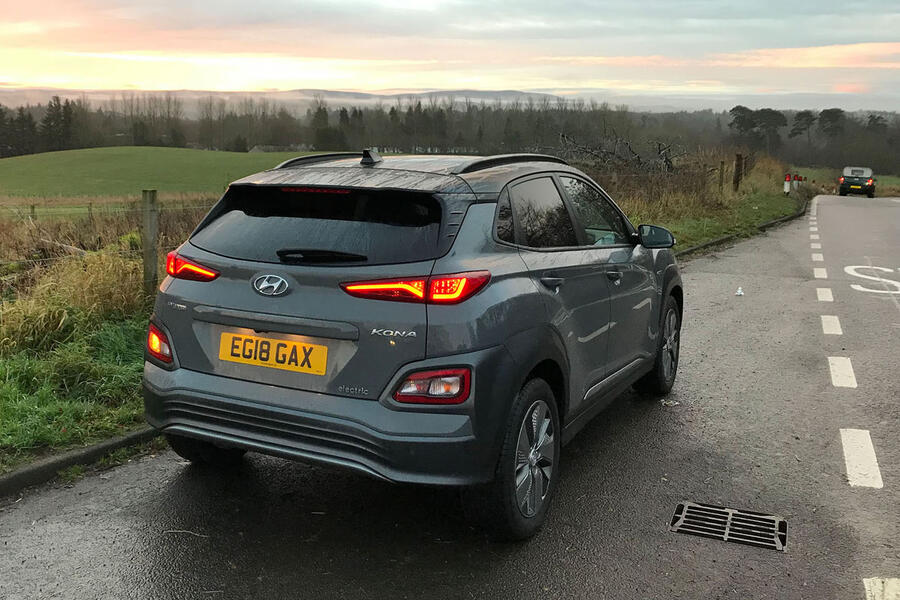
At the end of November 2018 in chilly but not freezing conditions, I set off one morning from home in North Oxfordshire, to Edinburgh driving a Kona Electric Premium SE (£35,145). The trip read 1872 miles and the sat nav showed 344 miles to go. In theory I should have been able to make my usual (and only) stop at Tebay Services M6 northbound around 200 miles away, but had Lancaster services at around 170 miles in mind as a backup.
I’d signed up for an Ecotricity account and got the app, which would let me charge at anyone of its Electric Highway charge points. Ecotricity has the exclusive franchise for motorway chargers so if you’re planning a motorway-heavy trip as I was, there’s no other choice of energy provider without leaving the motorway network. Even then, I would be counting on 50kW DC charging rather than AC only and at most stops there’s only one of those available.
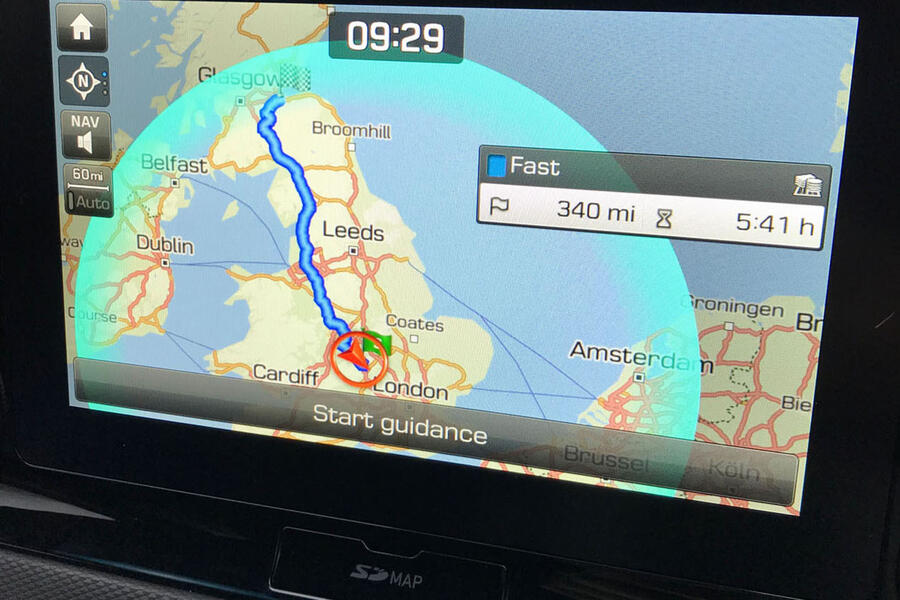
Plenty of charge points
The Ecotricity charge points are listed in the app and with details of the car logged into the app along with your journey, the app suggests where to stop and charge. There are plenty of charging opportunities on the way, so theoretically all I had to do was make sure I had enough charge left for the 40 mile, charger-free run across the Borders from the M74 at Abington to Edinburgh.
The app was showing the Tebay charger was in use for a full 24 hours before I left so I queried that with Ecotricity support. They said if they couldn’t connect to a charger for any reason, the app would report the last status their servers had logged. So I had no way of confirming the charger was working or not. If the charger was working but offline when I arrived, that meant I wouldn’t be able to pay using the app and would get a free vend.
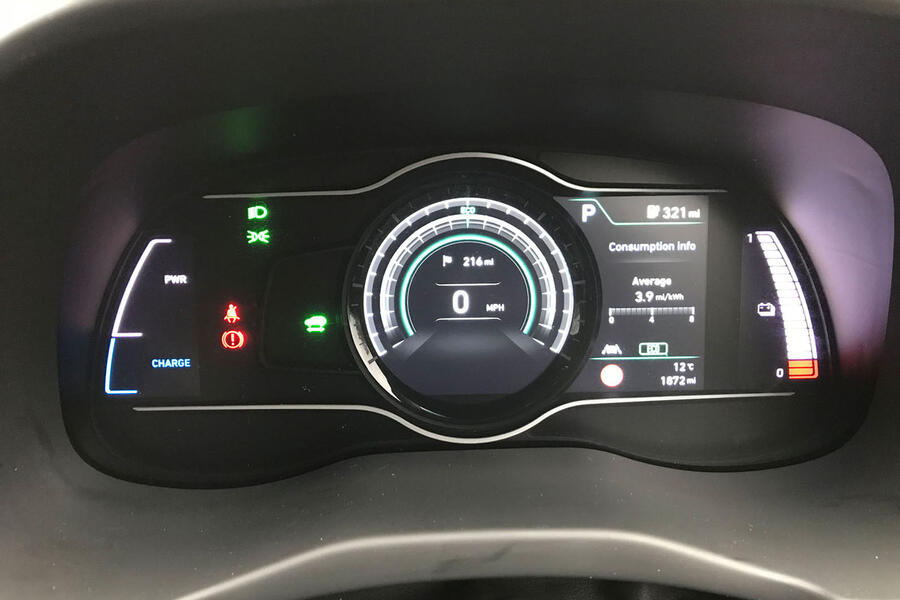
For that reason I stopped at Lancaster with 86 miles range remaining, according to the instrument panel. I’d started with 319 miles predicted range, a difference of 233. But I’d only covered 172 miles so with the heater on, cruising at around 70mph and stop-start in road works, there was a discrepancy in the predicted range of 60 miles.
Rapid chargers only fast charge the Kona to 80% battery capacity, then slow to a relative trickle to avoid battery damage. This varies, but is always governed by the car rather than the charger. In this case, assuming you leave home on a full charge, subsequent top ups will only give 80 percent unless you are prepared to wait another hour and a half or so. Assuming you don’t risk dropping below, say, 30 miles range, that reduces available capacity even more.
The DC charger is rated at 50kW but according to the Lancaster charger was charging at 41kW. Charging is dead easy though. Open the app, scan the bar code on the charger, plug the car in and away it goes. Then go off for breakfast or a coffee or sample the aromatic delights of motorway services toilets.
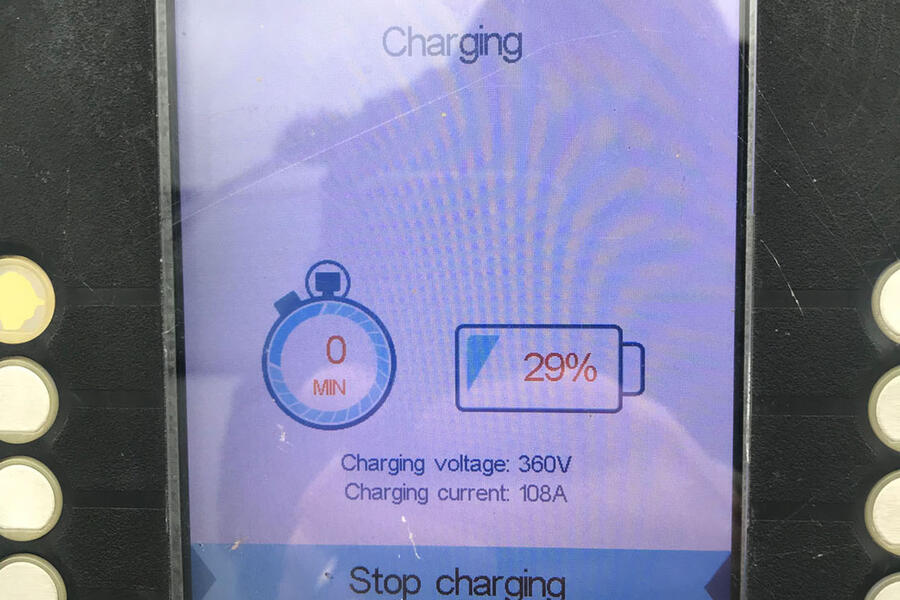
No happy ending at Gretna
In theory I wouldn’t need to stop again but to be certain I didn’t get stranded in the Borders, I stopped 80 odd miles further on at Gretna. Sustained motorway speeds with the heater on meant that the range, while still OK, was still significantly less than the trip computer was predicting. I arrived at Gretna at 4.10pm with a 139 miles remaining and 90 miles to go, only to find the only Ecotricity CCS DC charger out of order. I still had the option of connecting to the 7kW AC charger but it would be too slow to be of any use.
I pressed on, planning to stop at Abington before the final run across country. It was dark, cold and raining by the then and I was using lights as well as heating. After less than a minute, the charger terminated charging, reporting a ‘vehicle fault.’
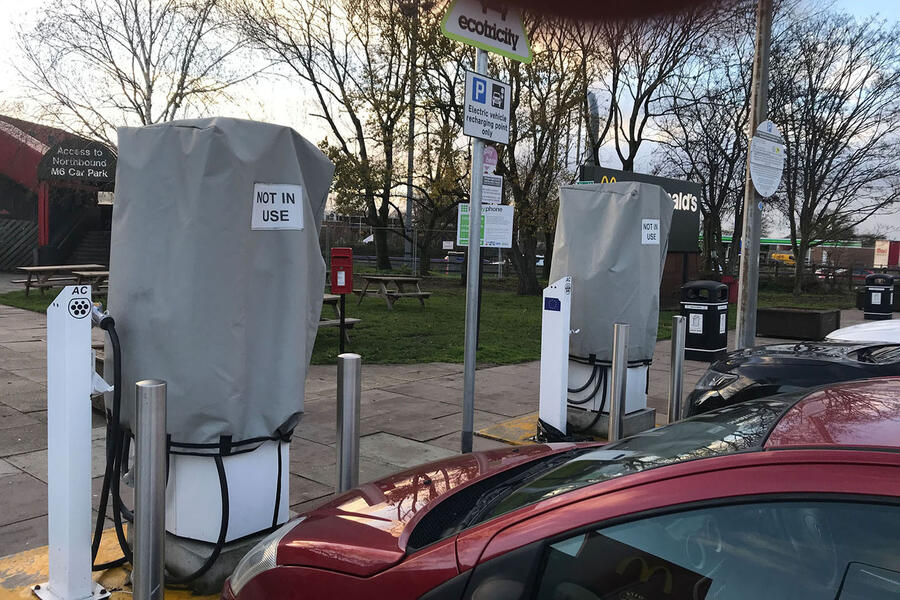
I tried a few more times and phoned Ecotricity support who said the charger may be just ‘having a moment’ and to try holding the plug in place while it started charging. That didn’t work so I consulted Zap Map, the website which lists all chargers in the UK, and found there was a Chargeplace Scotland charger in the car park at Abington village a mile away. When I arrived, plugs and cables were lying on the wet ground. I paddled around a bit, and gave it a shot, but the DC charger was also out of order.
I left for the final leg and periodically turned the heater off which made a noticeable difference to the miles per kilowatt display (real time fuel consumption) but I got cold in the process so turned it back on. I swung into the drive at my destination at 8.15pm with around 30 miles range left, energy consumption improving noticeably once I switched from motorways to B-roads. The noisiest thing on the motorway had been tyre noise but otherwise the Kona was comfy, well equipped and serene when cruising but punchy when you need it to be.
New style of driving
On the way, I had some fun with the paddles which let you control the amount of regenerative braking. The feature introduces a new style of driving because set to high regen on normal roads or in stop-start driving, the accelerator doubles as a brake much like the Nissan Leaf E-pedal and you hardly need the energy-squandering conventional brakes at all. On the motorway, Hyundai advise knocking the regen right back, allowing the car to coast when you lift off to help extend the range. That seemed to make sense.
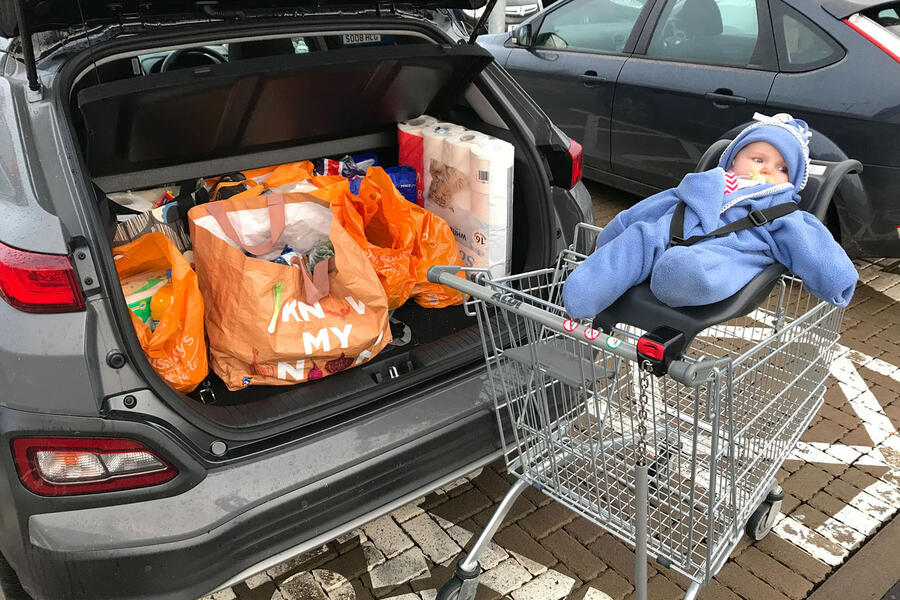
During my stay, the Kona went on charge plugged into a 13amp domestic supply which took around 12 hours to bring the battery to full capacity. That was the only practical choice because there are only about four or five rapid DC chargers in Edinburgh and none are at convenient retail locations.
On the return trip a couple of days later I planned to stop at Tebay 140 miles away. There’s no Ecotricity point southbound but there is a road link to the Northbound side where I plugged in, again in the pouring rain. The charger dropped out again with the same error message I’d seen at Abington. At that point the Kona had been averaging 3.3 miles/kWh so at that rate, 50kWh of energy from the 64kWh battery would take me 165 miles.
No bother. Killington Lake services were only 10 miles further on so I stopped there. Same thing though, so I made a call to Hyundai’s PR man who explained there was a problem with a Ecotricity’s software not talking to some BMWs and the Kona and that a rollout of software had been due for a while. In fact, Ecotricity had tweeted the rollout was happening back in September.
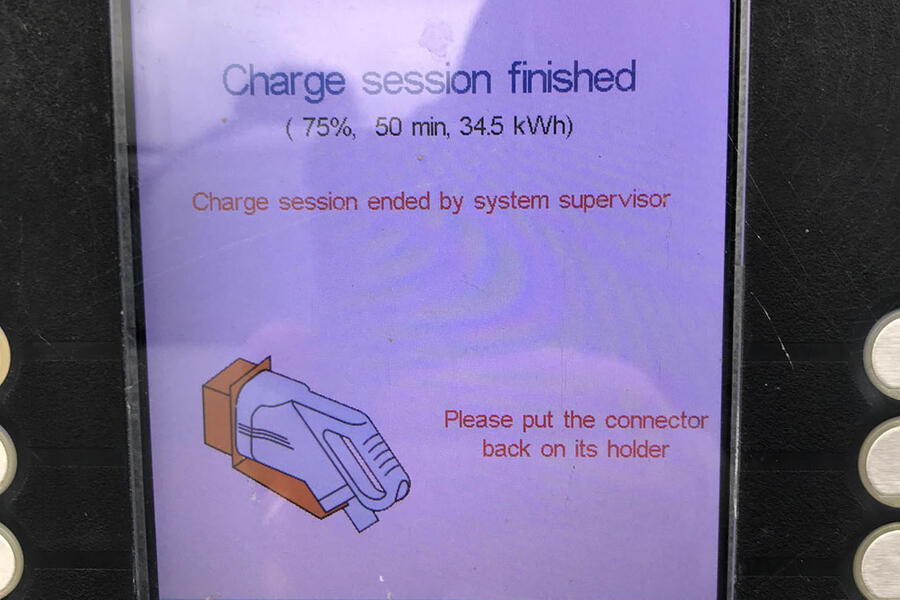
Hyundai recommended getting off the motorway and finding another provider as the problem was specific to Ecotricity. Relieved that it definitely wasn’t the Kona at fault and I could actually get home, I decided to stop at a few more Motorway services to get a sense of how widespread the problem was and headed for Knutsford services further south. Same problem. At Sandbach services, both chargers were completely out of service and covered up so the next stop was Keele.
I am not alone
Bingo! It worked and I left the Kona to guzzle energy while I forced down yet another flat white coffee. By the time I got home I’d covered 340.3 miles that day, at an average of 3.5 miles/kWh. 290 miles of that was at motorway speed, driving the Kona as I would a petrol car and making no concessions.
The trip which could probably have been made comfortably with one stop in each direction, exactly as I would do in the frugal, family Ford Fiesta. The only thing preventing that today is not being able to count on chargers working as you could pumps at a filling station. I wasn’t alone, on the outbound trip a Jaguar I-Pace driver limped in having failed to charge at Knutsford further South.
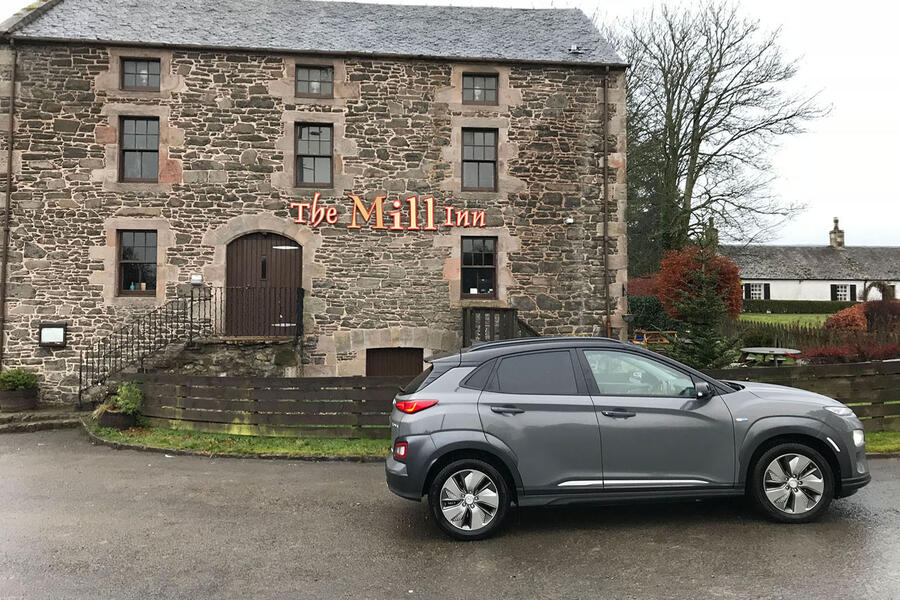
I learned a lot on the trip. One is that EV energy consumption is more sensitive to speed than conventional cars and range prediction less reliable. Another is that charging using the Ecotricity app is easy, convenient, relatively fast and fun, as long as the charger works. Including a few miles covered while I was there, I’d covered 694 miles, most of that in the two-way journey.
Mass EV rollout around the corner?
The worst energy consumption I saw was 3.3 miles/kWh on motorways and the best, 4.0 miles/kWh in urban driving, or roughly 165 miles and 200 miles range respectively from 50kWh of capacity. During the whole trip. I stopped at eight DC rapid chargers and only two of them worked.
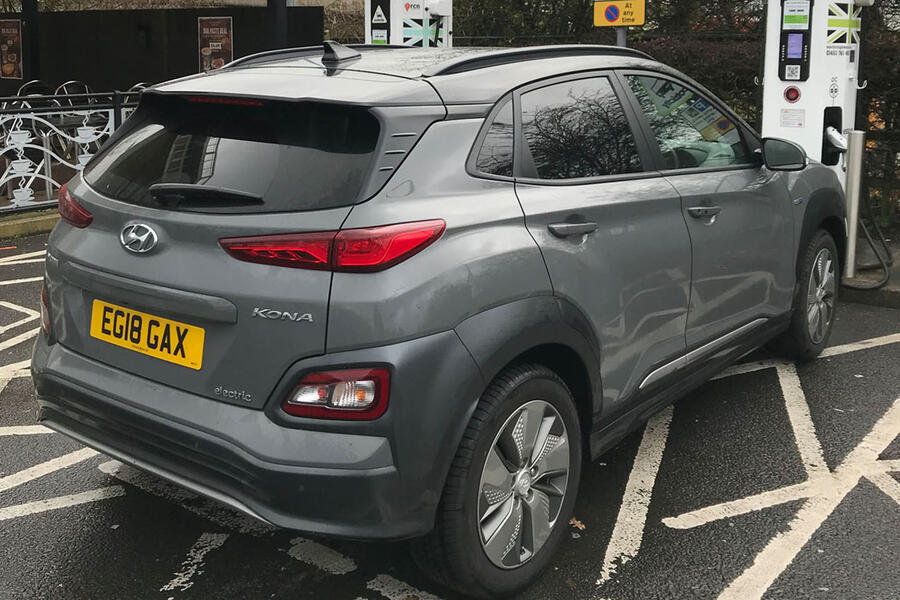
I was left knowing that a Kona Electric 64kWh could comfortably make the trip with one stop each way especially once I got the hang of predicting the range more accurately. Affordable long-range EV technology has just about arrived although there’s still a premium over a conventional equivalent. The nearest is probably the Kona Premium SE 1.6 CRDi automatic costing £24,640, a difference of £10,505.
That said, demand is outstripping supply for the Hyundai and other EV brands at the moment and one industry source I spoke to recently said that battery prices are dropping rapidly year on year. That being the case, the truly affordable EV from Hyundai, and others like Volkswagen with its ID, is literally around the corner. Let’s just hope the charging networks can keep up.
Read more
Smart charging could lead to an electric vehicle fuel tax
Poor EV charging infrastructure threatens 2040 combustion ban

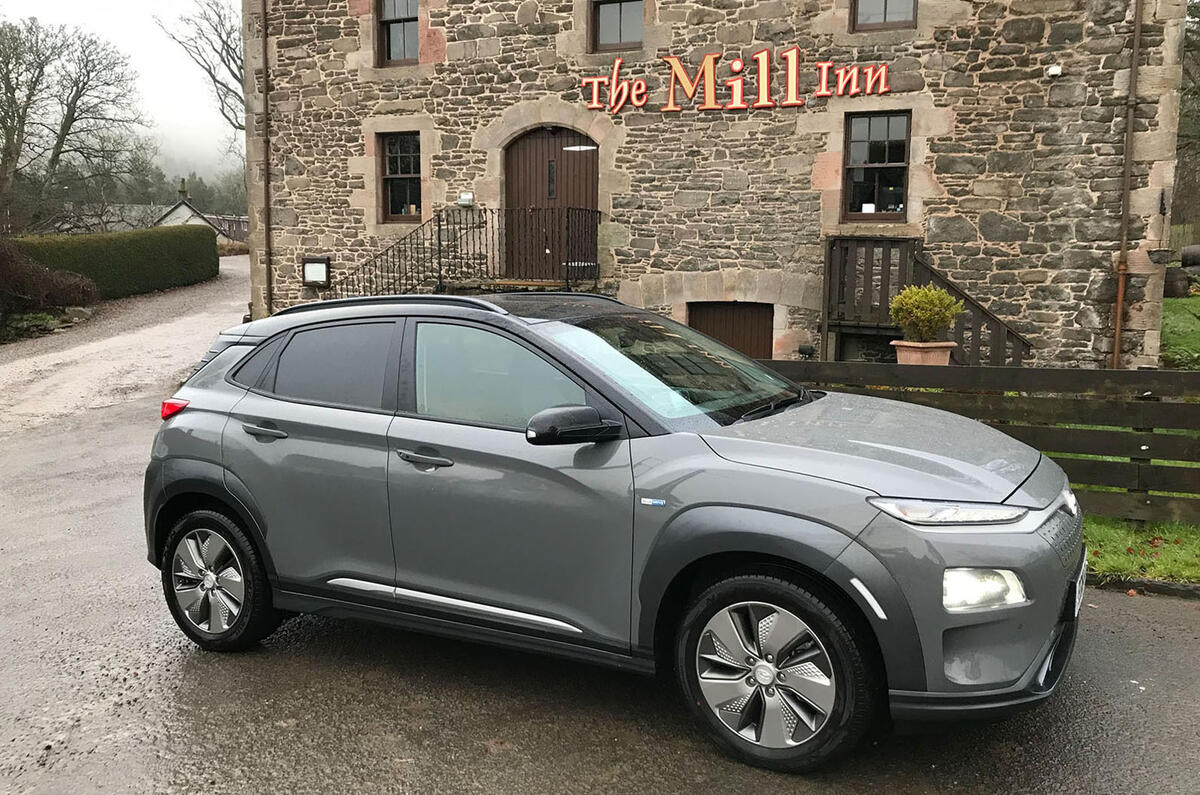
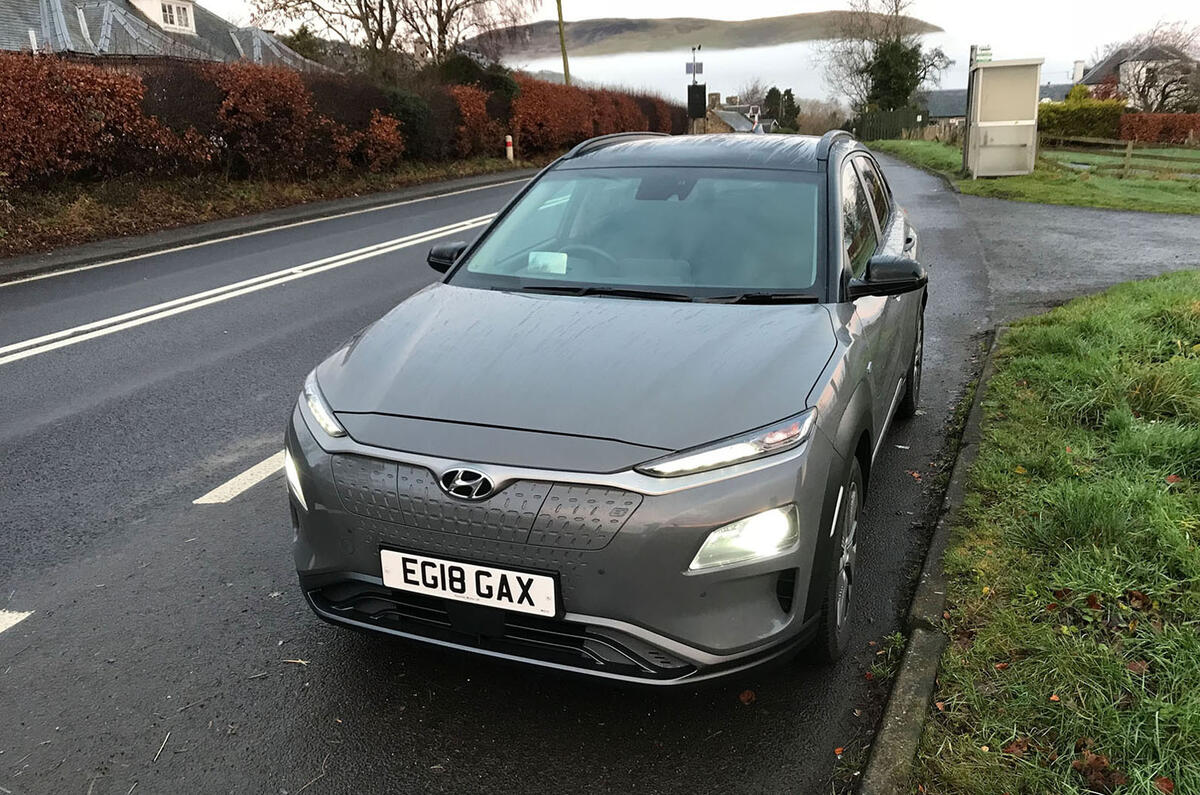
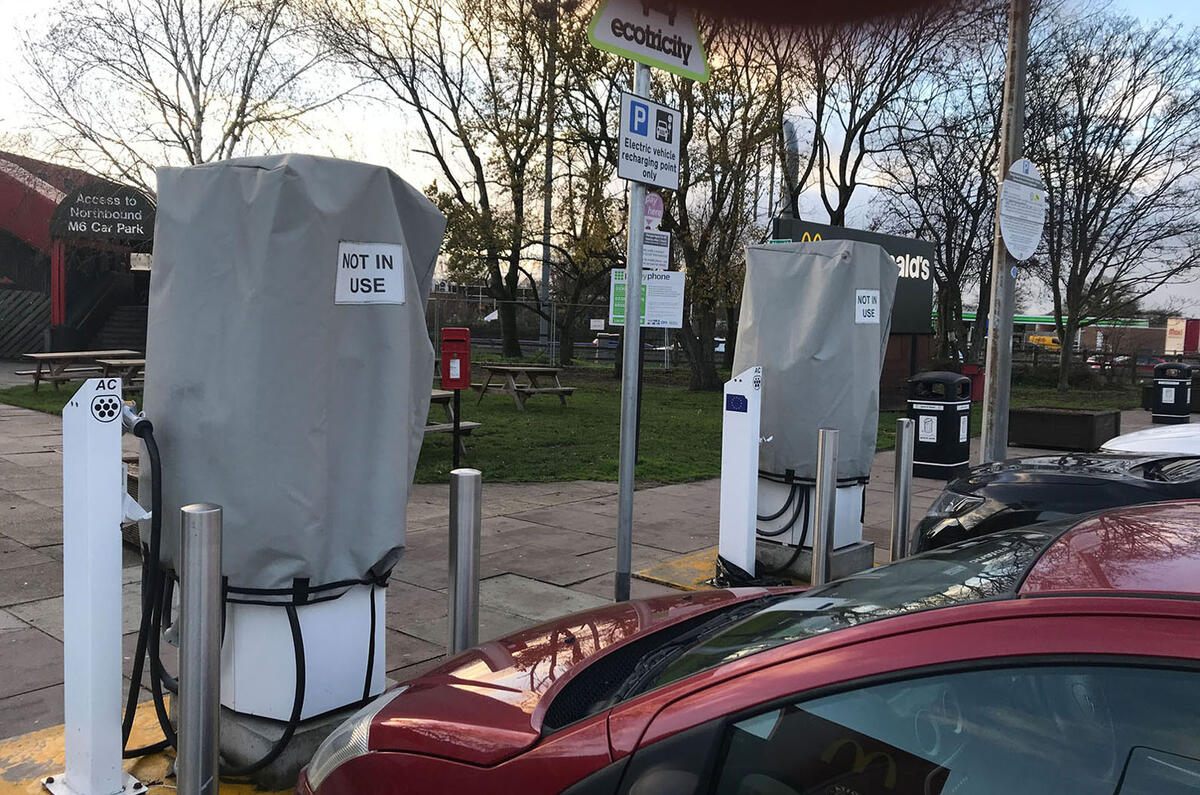
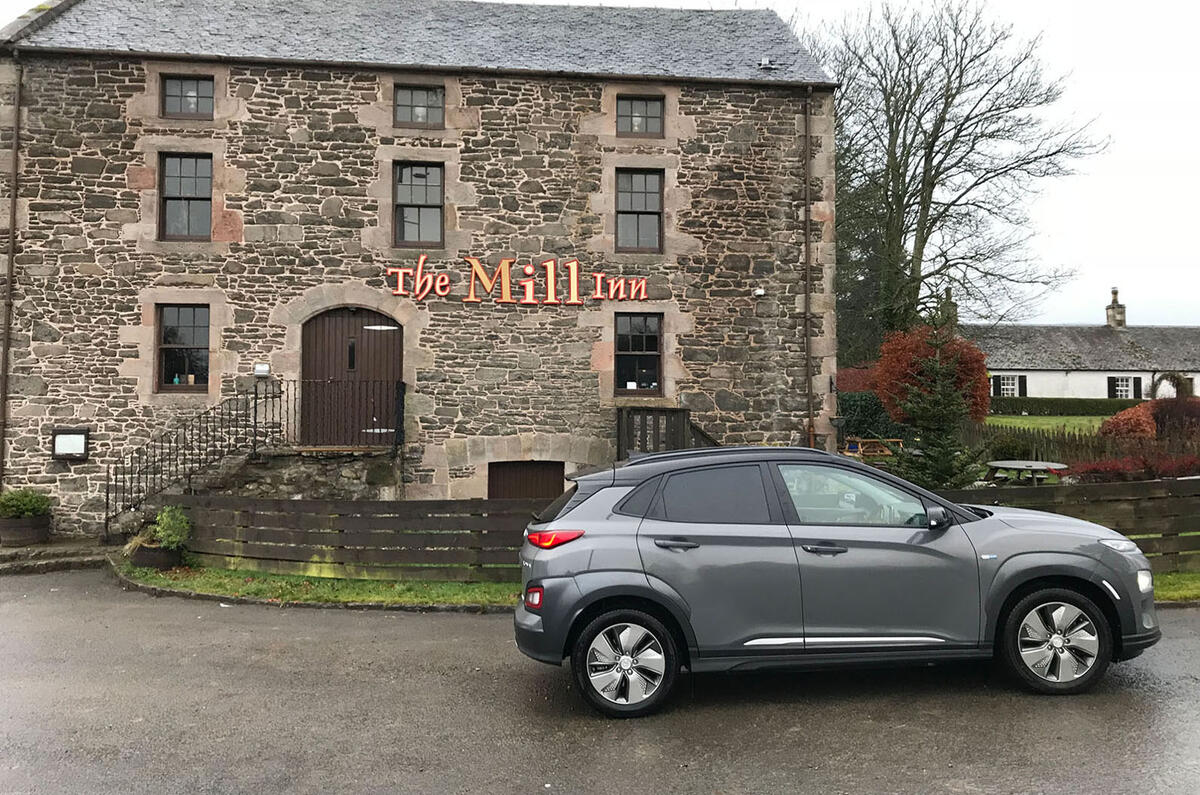

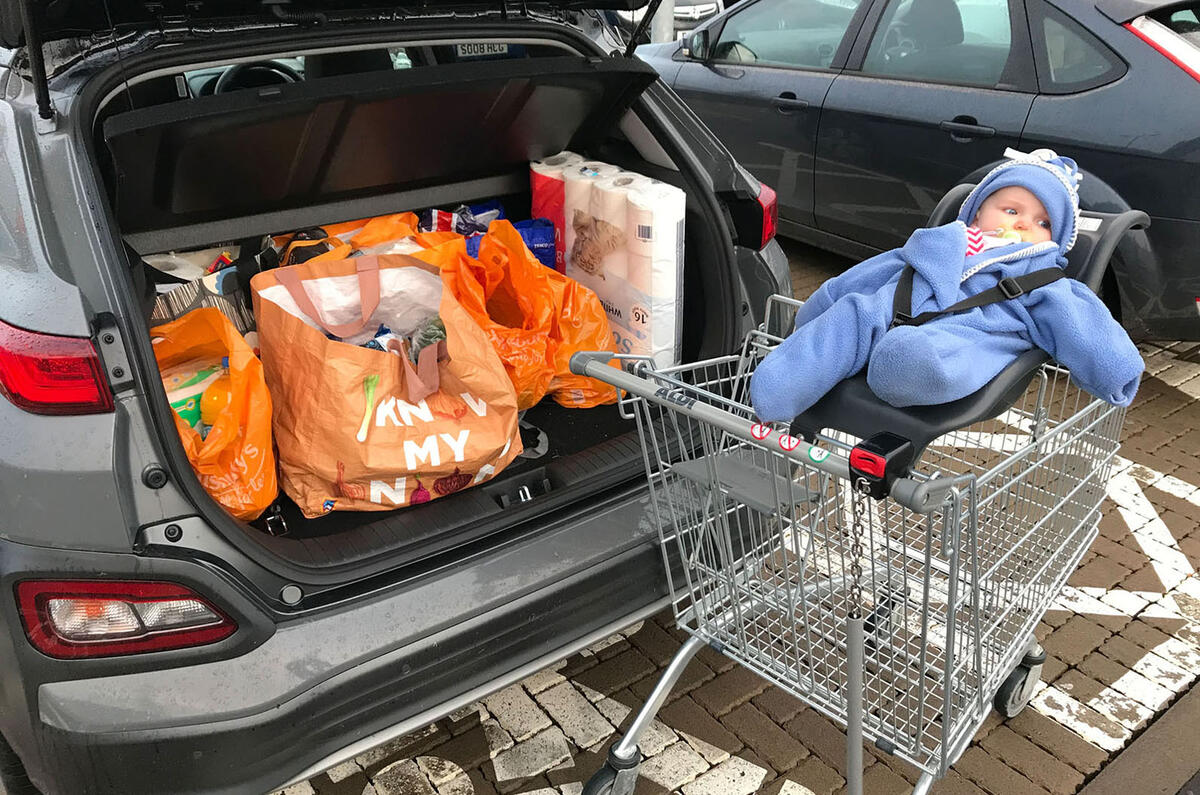
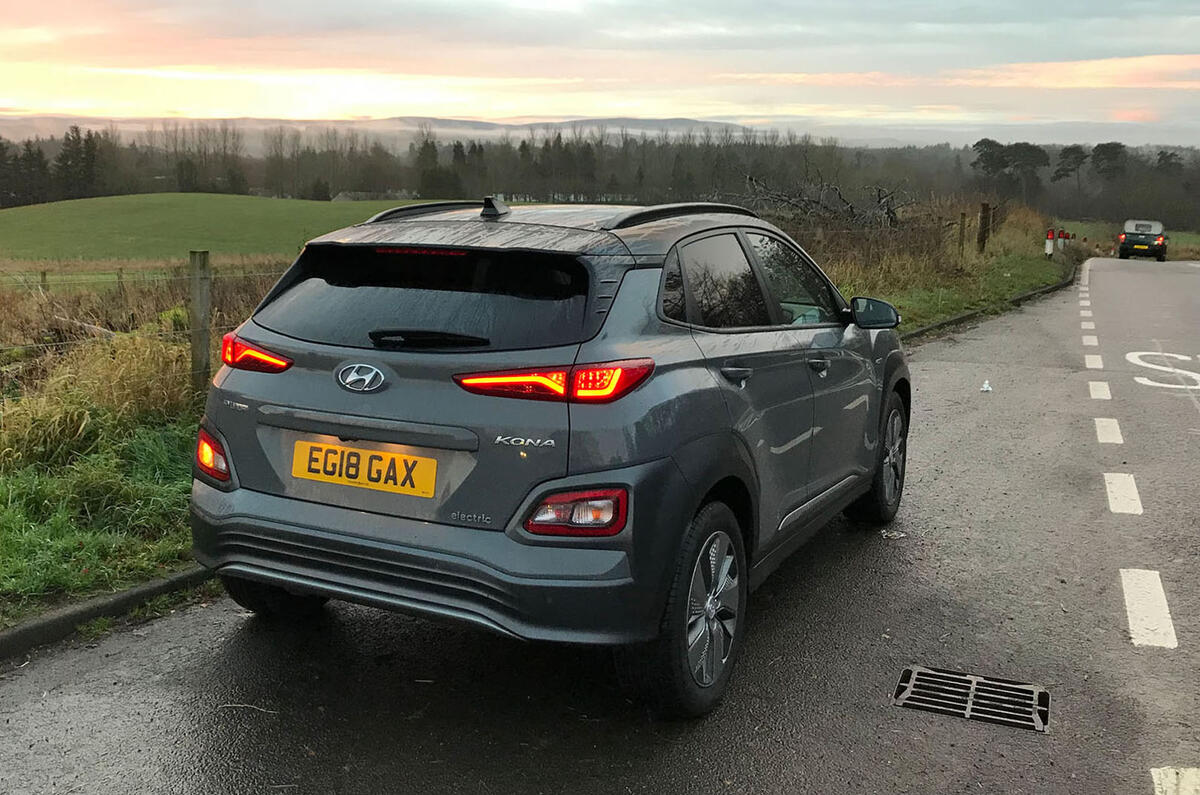
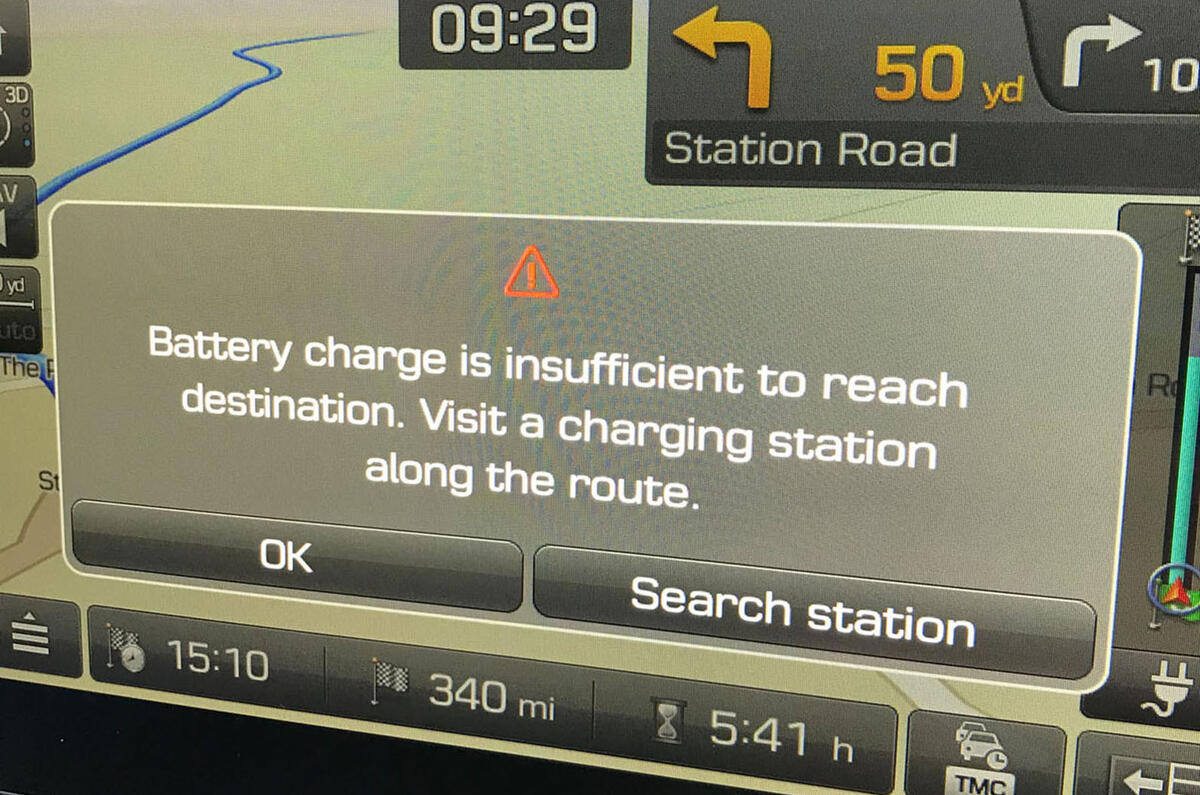
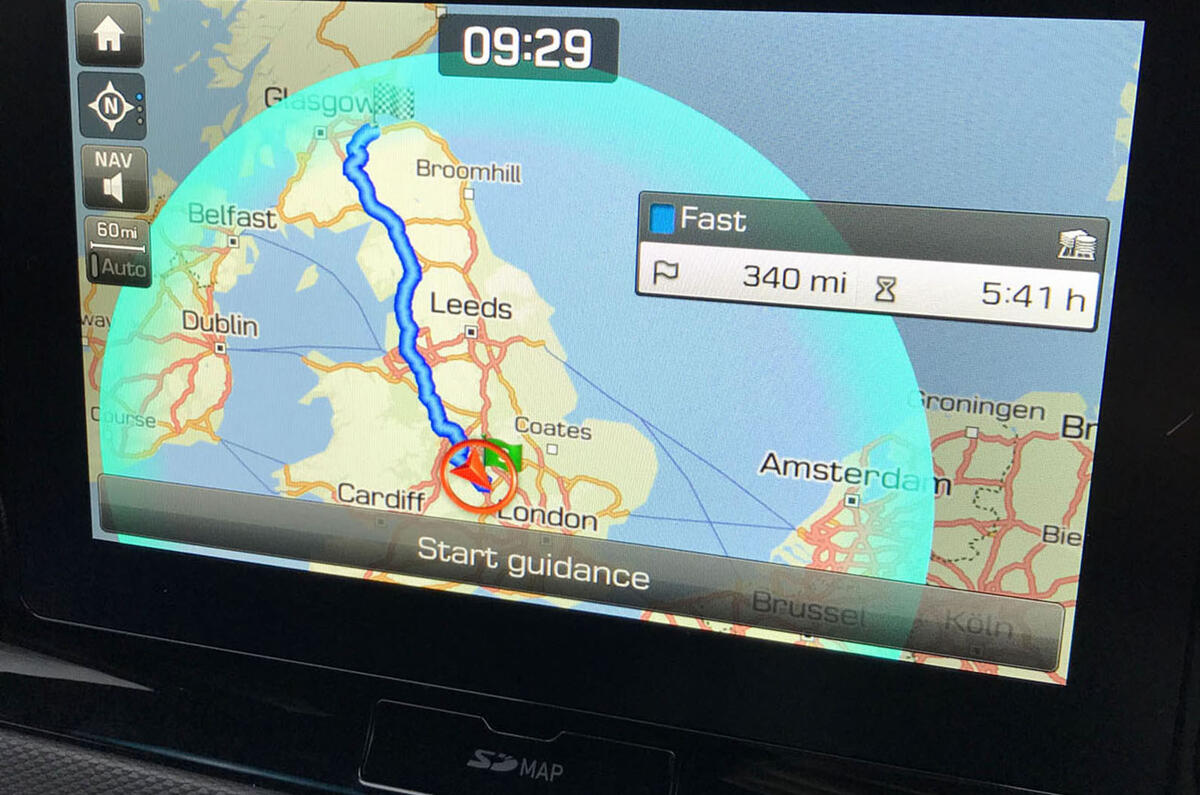
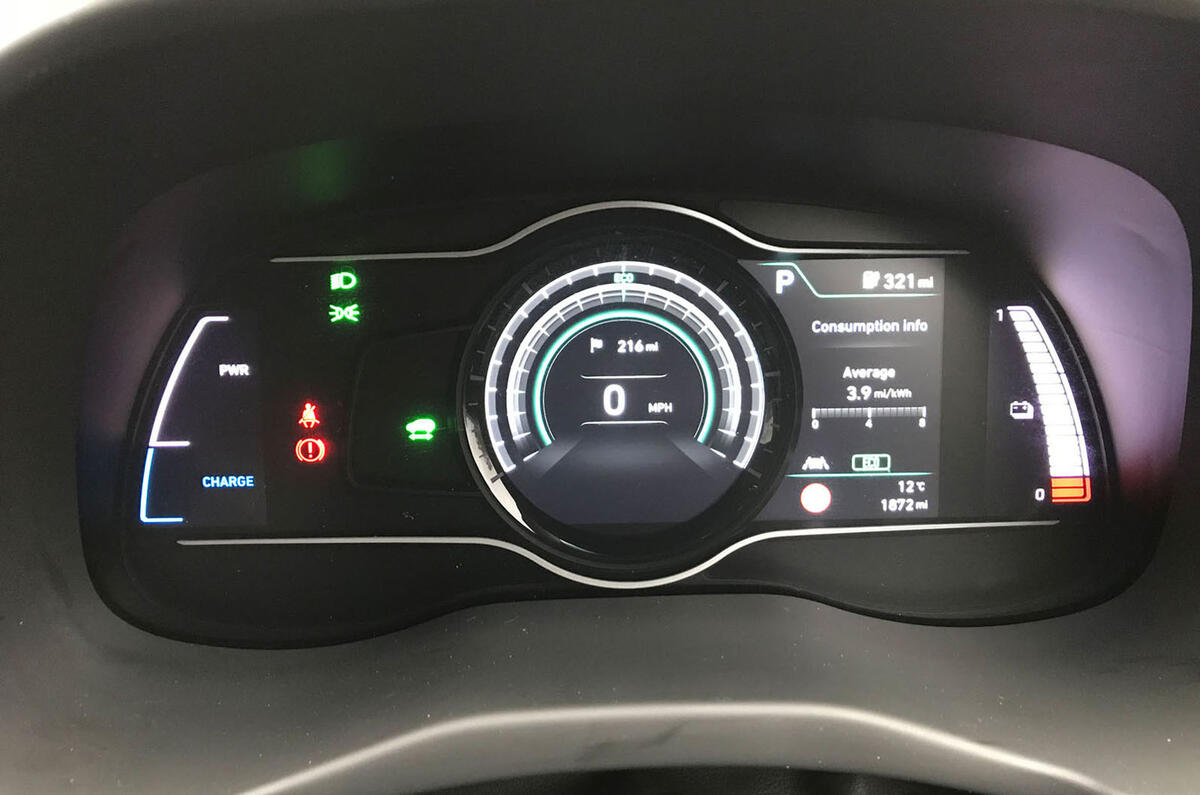

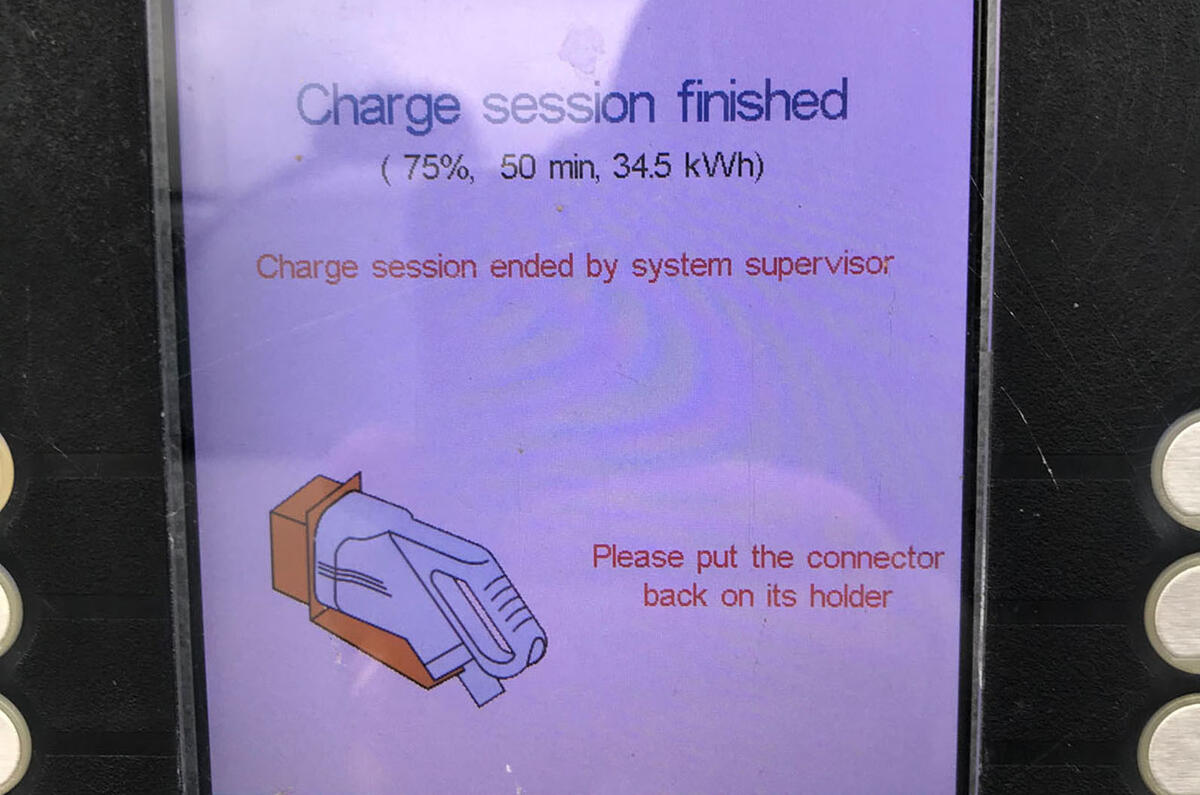

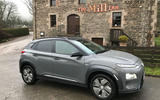
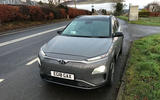
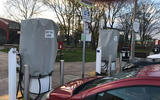
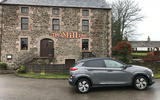
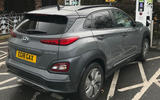
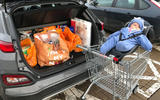
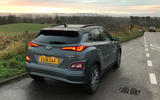


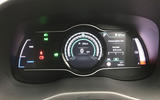
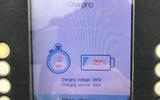
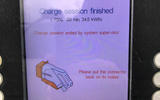
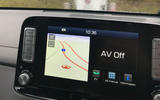


Join the debate
Add your comment
Real world results
£32k real world pricing? What
Gtcthescot wrote:
"A good article BECAUSE it reinforces your world view". So much for education then.
Disappointed
I’m disappointed as I was going to go for an EV at the end of the year. Think I’ll wait now. Maybe a 2nd hand Cayman until they all get their acts together??